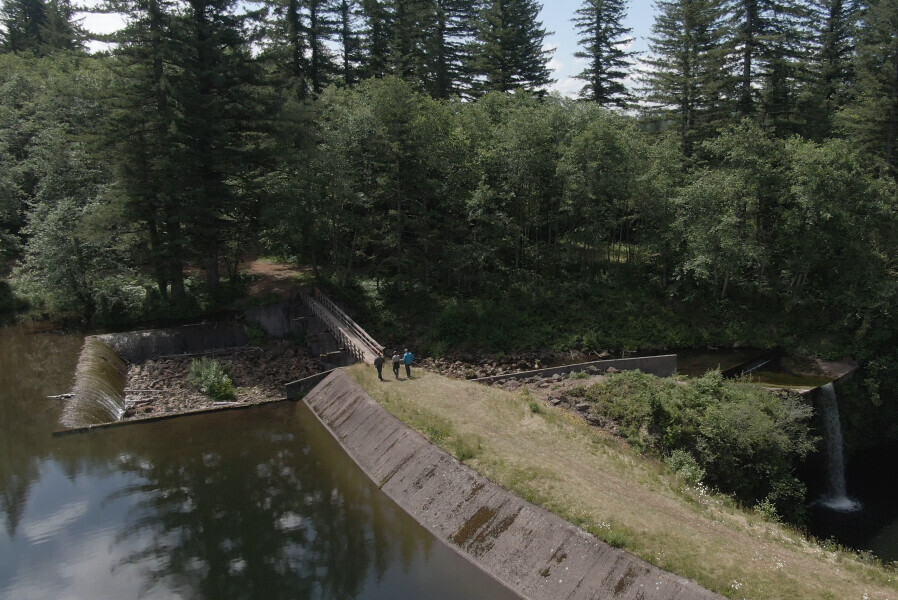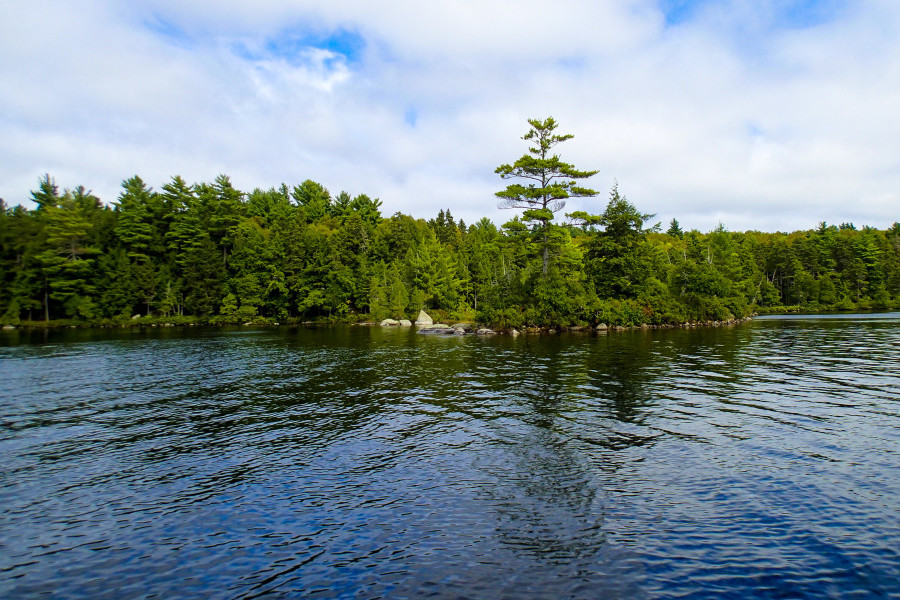In 1965, the Camp Fire organization built the Kwoneesum Dam at the confluence of three creeks in the Washougal River watershed. The purpose of the dam was to create a recreational lake for a girls’ camp—yet when the camp closed in the late 1980s, the dam remained. The dam prevents Coho salmon and steelhead from accessing seven miles of upstream tributaries, and blocks sediment and gravels from creating downstream fish habitat. The shallow, stagnant lake increases the river system’s temperature, imperiling the ecological health of the creek and the Washougal River system, which flows into the Columbia River near Camas, Washington.
The Cowlitz Indian Tribe and Columbia Land Trust formed a partnership based on a shared vision of a restored and revitalized greater Washougal watershed. Both groups agreed that removing the Kowneesum Dam and restoring the Wildboy Creek and surrounding forestland would be critical to supporting salmon and steelhead throughout the watershed. In addition to improving fish habitat, conserving forested acres around the dam will benefit bear, deer, and beaver, birdlife and other wildlife.
With 1,300 acres secured, the Cowlitz Indian Tribe anticipates beginning the dam removal process in the summer of 2022. The forest will remain closed to the public during the dam removal and restoration work along Wildboy Creek, yet once the work is complete, the land will re-open to the public for walking, quiet enjoyment, hunting, and fishing.




